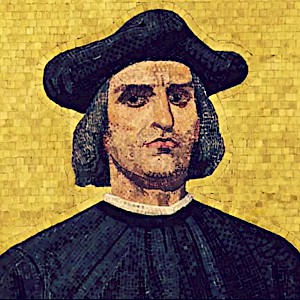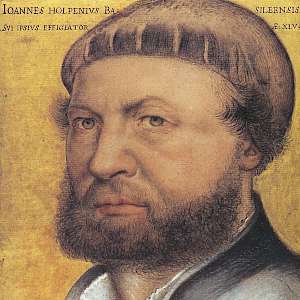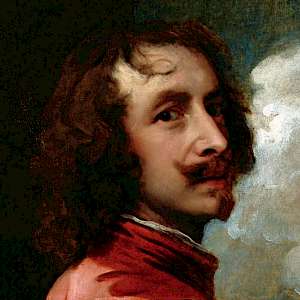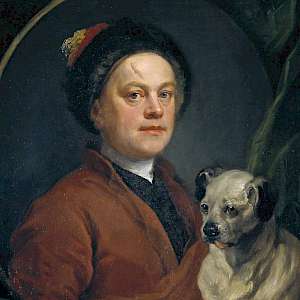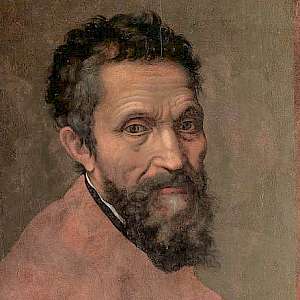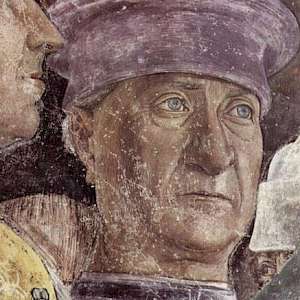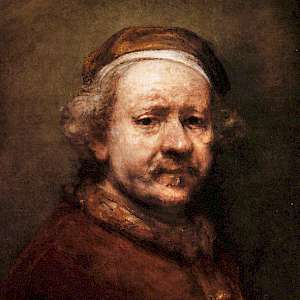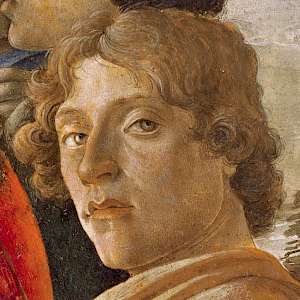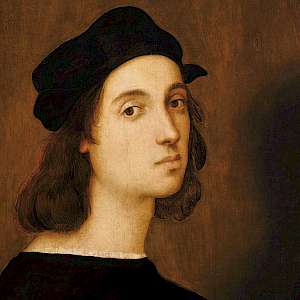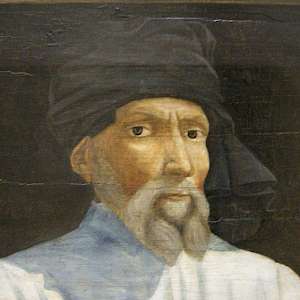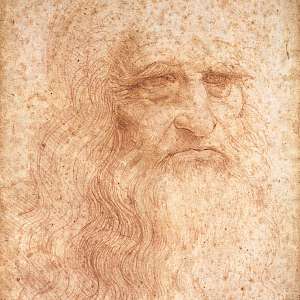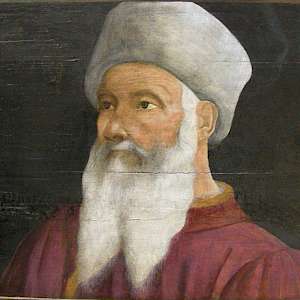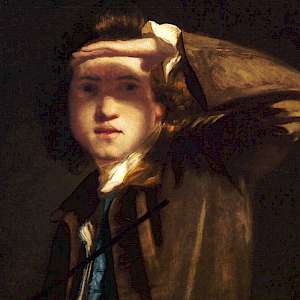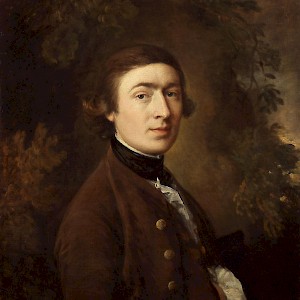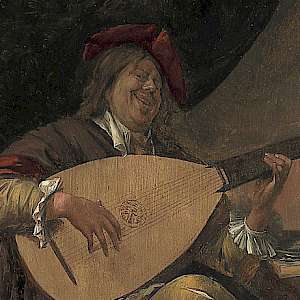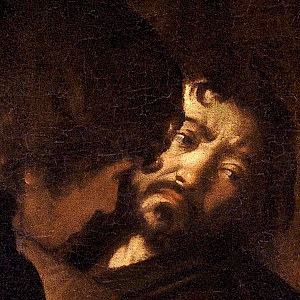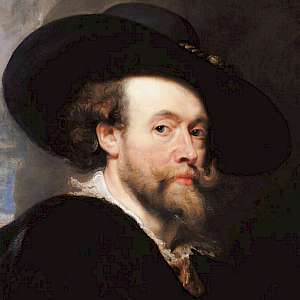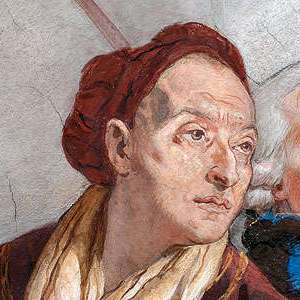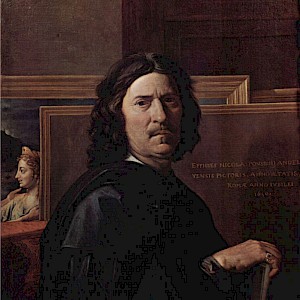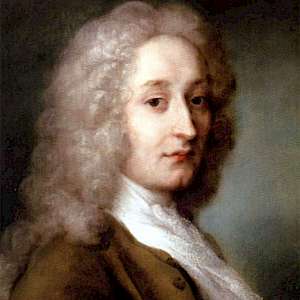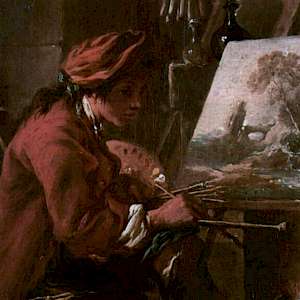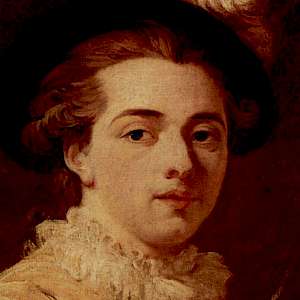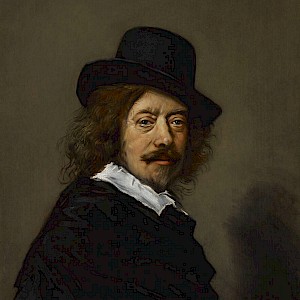The Renaissance and Baroque eras
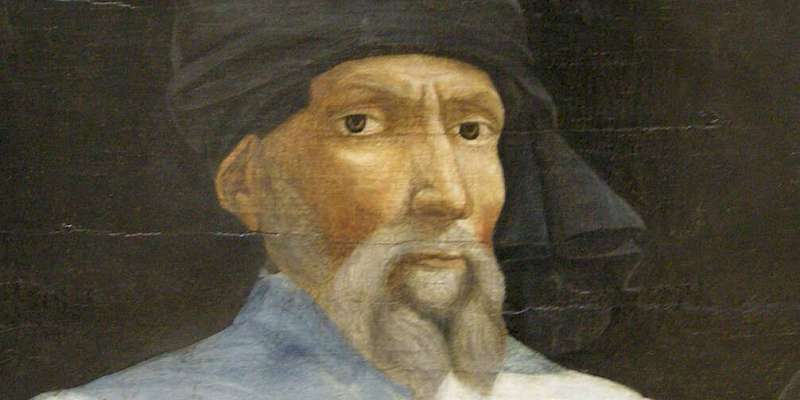
The rebirth of Classical ideals lead to a Europe-wide flowering of the arts
The Renaissance hit England late, but its museums contain many important Old Masters from Italy and Germany. "Renaissance" means "rebirth," in this case of Classical ideals.
Artists strove for greater naturalism, using newly developed techniques such as linear perspective to achieve new heights of realism.
Some foreign Renaissance masters—notable painters Hans Holbein the Younger and Anton Van Dyck and sculptor Pietro Torrigiano—came to the English courts and influenced local artists like William Hogarth, but significant British painters didn't really emerge until the Baroque period with the likes of Joshua Reynolds and Thomas Gainsborough.
The Baroque is rather more decorative than the Renaissance, while often also mixing in a kind of super-realism based on the peasant models and exaggerated chiaroscuro ("light and dark") of Italy's Caravaggio with compositional complexity and explosions of dynamic fury, movement, color, and figures.
Rococo is what happened when the later baroque got out of hand and gone awry: all frothy and chaotic and often (shudder) pastel.

